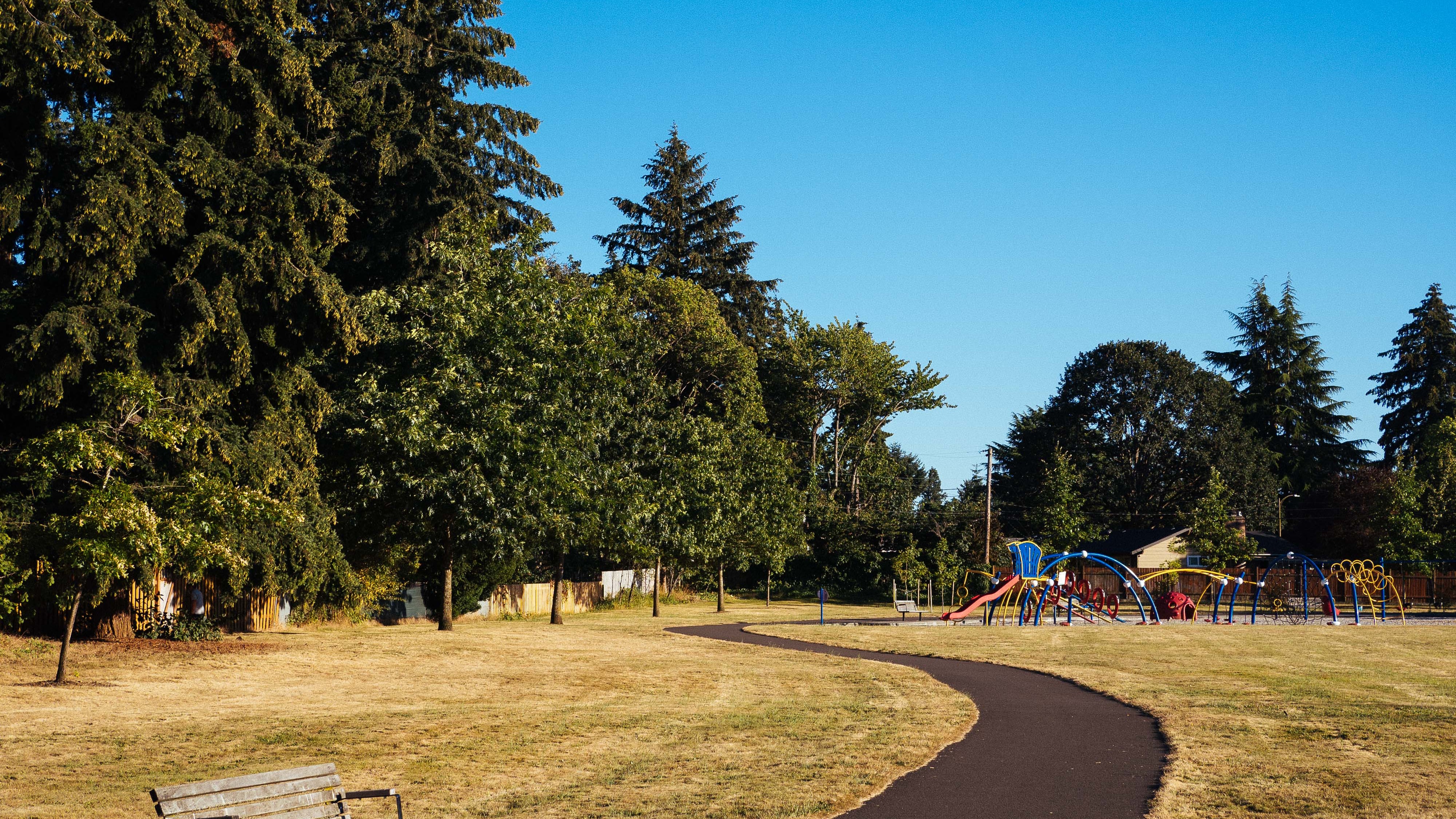The COVID-19 pandemic has forced parents to find creative ways to teach and entertain their children full time while staying afloat financially. But for single parents who have to pull twice the weight, this burden is intensified.
A single-parent household often means a single income. That increases the chances such a household will face poverty, according to a 2019 report compiled by Multnomah County. Across the county, 33% of single-parent households are in poverty—the highest rate among all demographics.
The kids most likely to live in single-parent homes? Black children.
A 2014 Multnomah County report card on racial and ethnic disparities, the most recent data available, shows that 71.2% of Black children in the county live in single-parent homes. That's more than double the percentage of white children: 27.3%.
The poverty seen more often in single-parent households has long-term effects on health and can even reduce life expectancy. The report card argues that government policies haven't provided sufficient support for such families, especially among populations of color.
LaRisha Baker, director of the county's Maternal Child Family Health programs, says there may be a correlation between single-parent households and poverty, but the disproportion is rooted in the nation's history.
"It's not Black people as a community, it's due to government policies that have hurt families and their ability to stay together, including racial discriminatory incarceration, mandatory minimum sentencing laws, and family separation due to slavery," Baker says. "That still impacts us today."
This reporting has been funded in part by a grant from the Jackson Foundation. See more Black and White in Oregon stories here.
